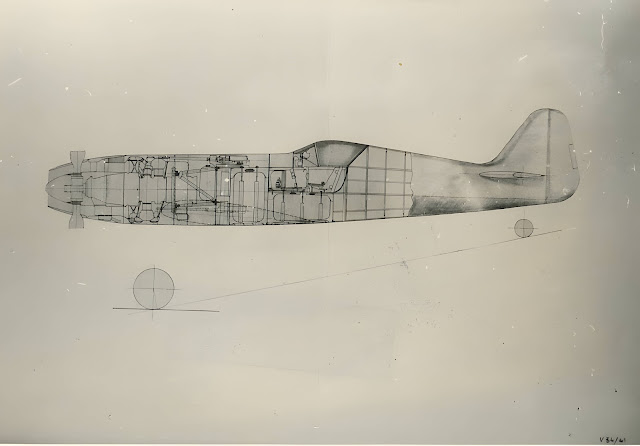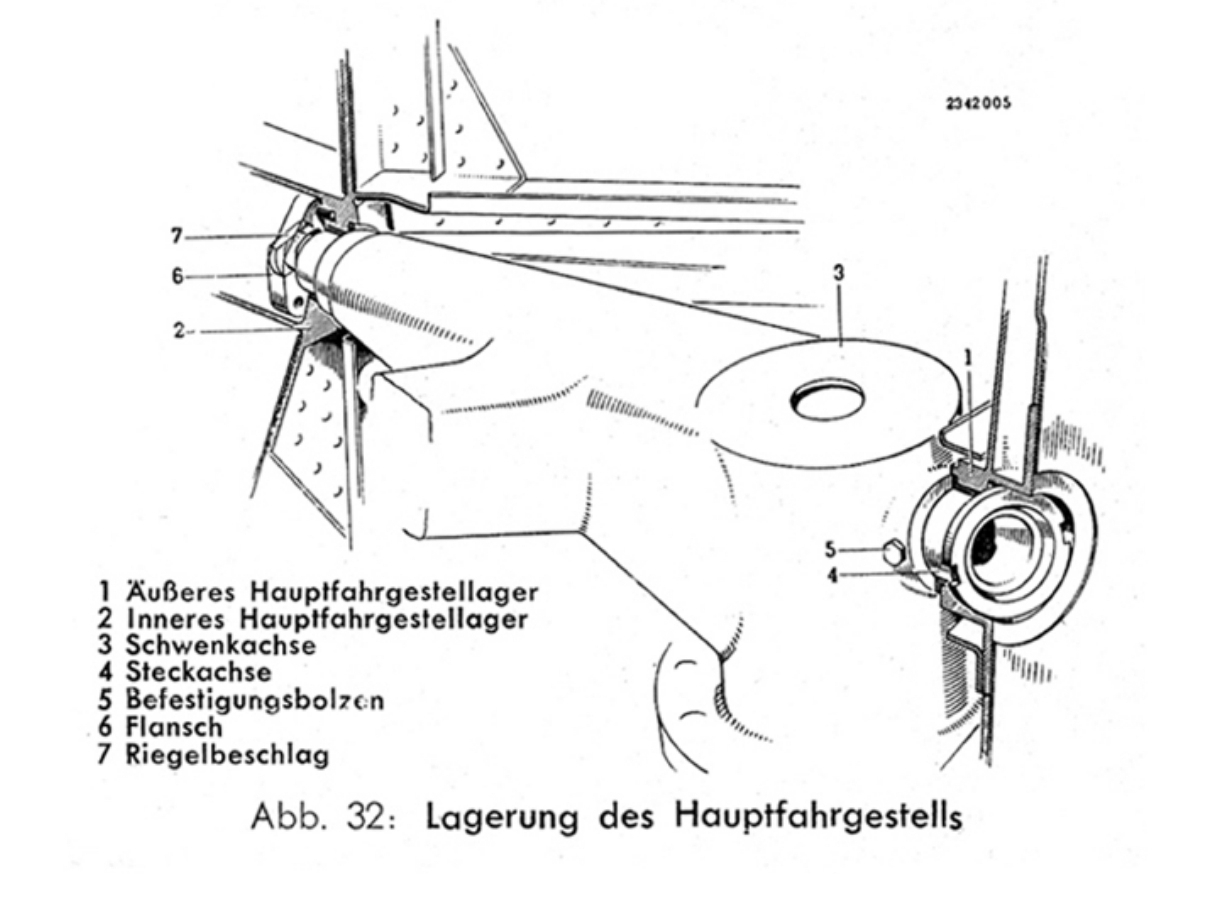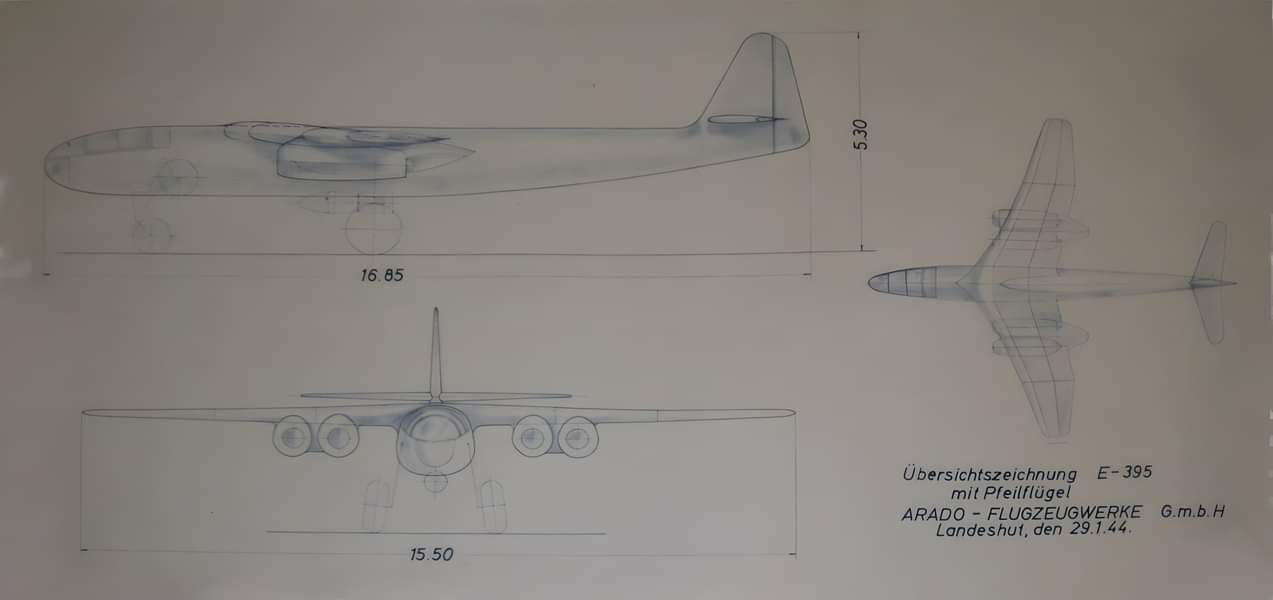www.my3dbase.com
Friday, September 29, 2023
Focke Wulf with BMW 802 and sub variants
Friday, August 18, 2023
Arado E 395
ARADO E.395
Outline
Similar in apearence to the Arado 234, the E.395 was a design proposal by Arado for the Strahlbomber competition [Hitler's 'Wonder Weapon' Bomber Projects Luftwaffe Secret Bombers of The Third Reich, by Dan Sharp]. As such, it was both longer and had a greater wing span.
Two different and interchangeable wing design were proposed, a straight wing and a crescent version.
The design proposal outlines two different engine configurations; with HeS 011 or Jumo 012. Drawings seem to depict a four engine configuration with HeS 011's with a total thrust of approximately 50kN. That value would be reached or exceeded with only two Jumo 012's. Leading to the conclusion that only two Jumo's were planned, despite the lack of information in primary sources to confirm that assumption. Only one drawing shows the Jumo version. But that sideview does not visualize the number of engines.
General Data
Weight Data

Engines
Only little information is available on the Jumo 012 engines. This Jumo engine configuration is the most interesting one however. There are only a handful of aircraft designs planned to use this engine which was in it's initial planning phase. Development of the engine was continued after WW2 in Russia.
Jumo 012A dimensions (Source http://hugojunkers.bplaced.net/junkers-jumo-012.html):


Saturday, February 11, 2023
The EMW A-6
EMW A-6
Introducing
The A4b, manned as an aerodynamic research aircraft, the A9, as an intercontinental bomber and the A6, as a photo reconnaissance aircraft operating at great height and speed.Actually, the military application of these scientific research programs were emphasized in order to obtain the necessary resources given the wartime circumstances.The A6 could have been a hypersonic research aircraft, equipped with an auxiliary "Ramjet" engine, which could only be started at very high speeds.
Basic data
Overall design thoughts

The model
Sources
- Senkrechtstartende Raketenabfangjäger der Luftwaffe und alliierte Weiterentwicklungen, J. Miranda, P. Mercado, Flugzeugprofile Nr. 31
- Secret Wonder Weapons of the Third Reich, Miranda, P. Mercado, A Schiffer Military History Book
- https://www.nevingtonwarmuseum.com/germany-emw-a6.html
Focke Wulf with BMW 802 and sub variants
FW with BMW 802 engines Initially I was under the assumption that this design was entirely based on the FW 190 fuselage. So in essence a st...

-
ARADO E.395 Outline Similar in apearence to the Arado 234, the E.395 was a design proposal by Arado for the Strahlbomber competi...
-
FW with BMW 802 engines Initially I was under the assumption that this design was entirely based on the FW 190 fuselage. So in essence a st...
-
EMW A-6 Introducing From the www.nevingtonwarmuseum.com: The A4b, manned as an aerodynamic research aircraft, the A9, as an intercontinenta...


































